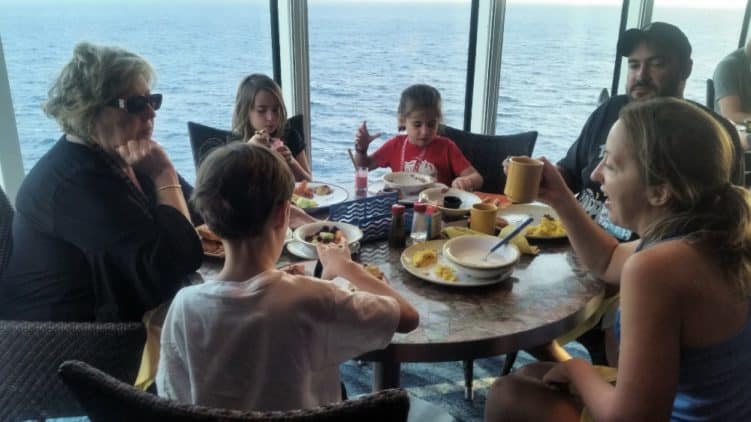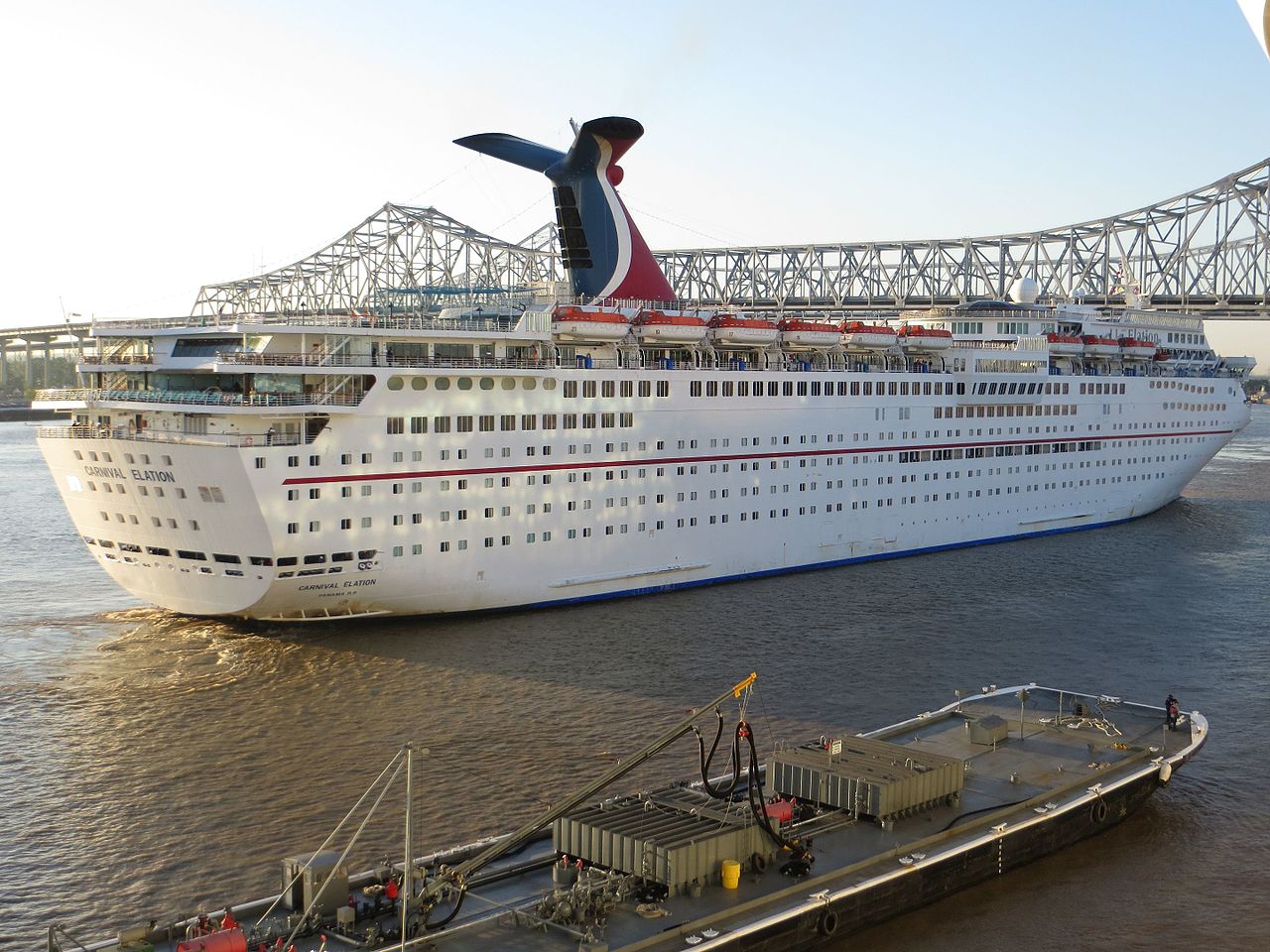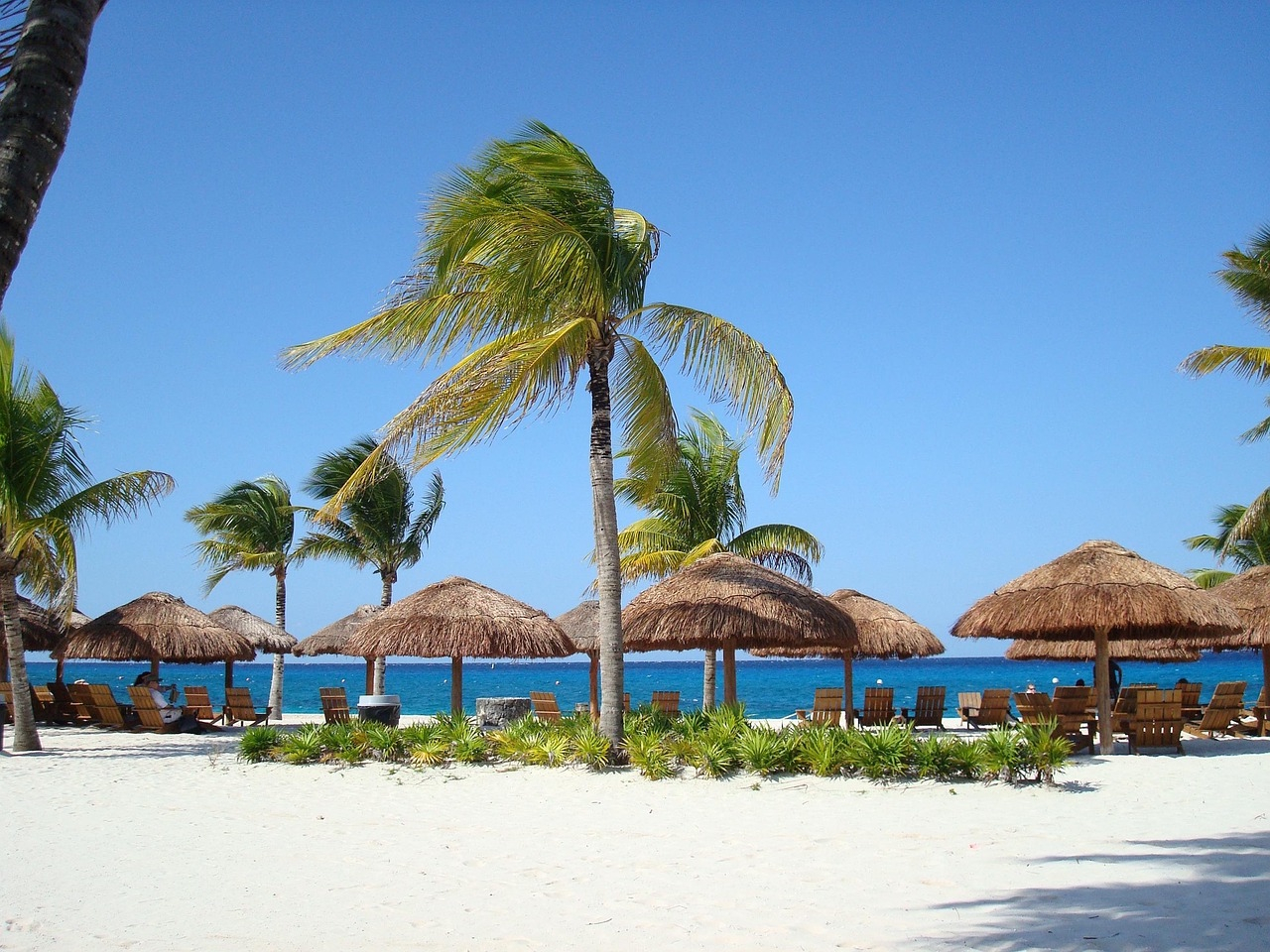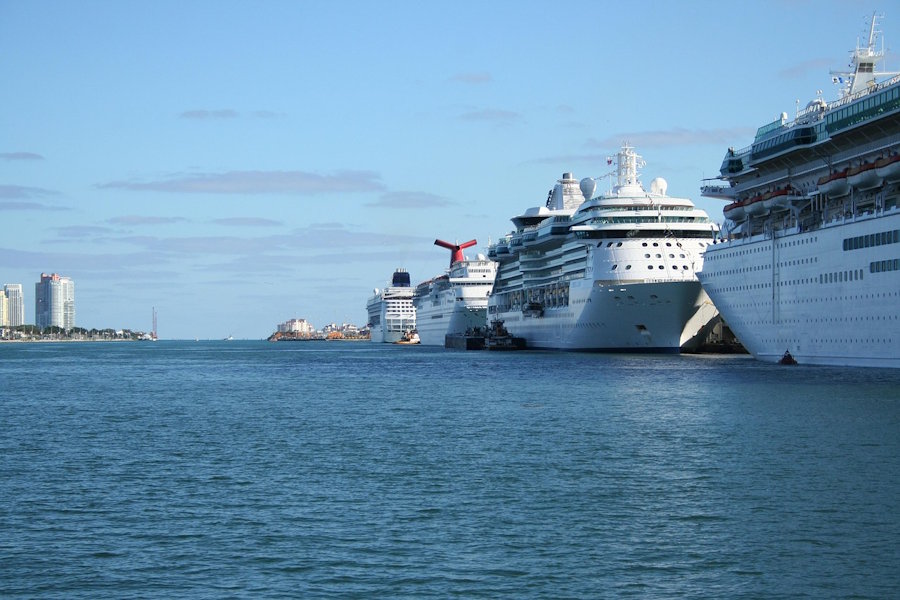Home » Do cruise ships have free food?
Do cruise ships have free food?
Updated May 8th, 2025
Food is one of the allures of going on a cruise. Even if you’re not a foodie, cruise ship cuisine, with all it’s choice are one of the things that makes a cruise fun. So – is food free?
One of the biggest draws of going on a cruise is the promise of endless food options, often available 24/7. But is food on a cruise actually free? The answer is both yes and no. While most cruises include a variety of food options in the base fare, there are also plenty of dining experiences that come with additional charges. Understanding what’s included and what costs extra can help travelers plan their dining experiences and avoid unexpected expenses.
What’s Included in Your Cruise Fare?
Cruise ships attract travelers with abundant food options. Many are available around the clock. A common question is whether food is free. The answer is both yes and no. Most cruises include various dining options in the base fare.
However, some experiences carry additional costs. This article explores what food is included, what costs extra, and how to maximize dining experiences. It also covers changes in room service trends. Understanding these aspects helps passengers plan meals and avoid surprises.
Ever wonder how a ship’s staff take care of everyone’s dining needs? This will answer that questions: What Does It Take To Keep Cruise Passengers Fed?
Complimentary Dining Options
Most major cruise lines offer free dining as part of the fare. These options cater to diverse tastes and schedules. Key complimentary venues include:
- Main Dining Room (MDR): The main dining room provides sit-down meals. It resembles a fine-dining restaurant. Breakfast, lunch, and dinner are included. Menus change daily. They feature appetizers, entrees, and desserts. Options range from classic dishes to international flavors.
- Buffet Restaurants: Every cruise ship has a buffet. It operates for breakfast, lunch, and dinner. Buffets offer salads, sandwiches, hot dishes, and desserts. International cuisines are common. All buffet items are included in the fare.
- Casual Eateries: Quick-service spots are widespread. These include burger joints, pizzerias, or delis. They provide snacks or meals at no cost. Passengers can grab food between activities.
- Poolside Snacks: Food stands near pools serve casual items. Hot dogs, tacos, fries, or soft-serve ice cream are typical. These are free and convenient for poolside relaxation.
- Limited Room Service: Some cruise lines offer free room service for select items. Continental breakfast is often included. Other items or times may incur fees.
These options ensure passengers have access to varied, complimentary meals. They suit different preferences and schedules.
Dining Experiences with Additional Costs
Not all dining is free. Several experiences involve extra charges. These enhance variety but require budgeting. Common paid options include:
- Specialty Restaurants: High-end venues offer unique dining. Steakhouses, sushi bars, or French bistros are examples. They charge a cover fee or use a la carte pricing. These restaurants provide premium ingredients and ambiance.
- Chef’s Table Experiences: Some ships offer exclusive dining events. These feature multi-course meals with wine pairings. The ship’s executive chef may host. These experiences have separate pricing.
- Room Service Fees: Many cruise lines charge for room service. Late-night deliveries often incur fees. Premium menu items may also cost extra.
- Beverage Packages: Basic drinks like water, coffee, and juice are free. Sodas, alcohol, and specialty coffees cost extra. Beverage packages can cover these but require purchase.
- Dessert and Coffee Shops: Some ships have gourmet cafes. These serve specialty desserts or premium coffee. Items carry additional fees.
Passengers should review cruise line policies. This helps identify which dining options are free or paid.
Changes in Room Service Options
Room service policies are evolving. Traditional 24-hour free room service is declining. Many cruise lines now limit complimentary offerings. Key trends include:
- Limited Free Options: Most lines offer free continental breakfast via room service. Other menu items often have charges. Some lines impose per-order fees, especially for late-night deliveries.
- Luxury Line Exceptions: High-end cruise lines may still provide fully inclusive room service. This is part of their premium packages. Examples include luxury lines like Silversea or Regent Seven Seas.
- Peak Hour Delays: Ordering during busy dining hours can lead to waits. Delivery may take up to an hour. Families with children should plan accordingly.
- Policy Verification: Passengers must check cruise line websites. Policies detail room service fees and options. This avoids surprises during the cruise.
These changes reflect industry shifts. Budget-conscious travelers should confirm room service details before booking.
Maximizing Your Dining Experience
Passengers can enhance their dining experience with planning. Tips include:
- Review Cruise Line Policies: Check dining inclusions before sailing. Cruise line websites list free and paid options. This helps set expectations.
- Consider Dining Packages: Specialty restaurants can be costly. Dining packages bundle multiple meals at a discount. Booking these in advance saves money.
- Explore Complimentary Venues: Main dining rooms and buffets offer diverse menus. Trying different dishes maximizes variety without extra costs.
- Plan Room Service Orders: Order during non-peak hours to avoid delays. Opt for free items like continental breakfast to save money.
- Bring Reusable Water Bottles: Free water is widely available. Refillable bottles reduce the need for paid beverages.
- Ask About Promotions: Some cruise lines offer dining credits. These can offset specialty restaurant costs. Inquire during booking.
These strategies ensure a satisfying dining experience. They help passengers stay within budget.
Dining Across Cruise Lines
Dining options vary by cruise line. Major lines like Carnival, Royal Caribbean, and Norwegian offer extensive complimentary venues. Their main dining rooms and buffets are robust.
Casual eateries are plentiful. Luxury lines, such as Viking or Cunard, emphasize premium dining. They may include more free options, even in specialty restaurants.
Smaller lines or older ships may have fewer venues. Their complimentary menus might be less varied. Passengers should research ship-specific offerings.
Newer vessels, like MSC Cruises’ World-class or Celebrity’s Edge-class, boast diverse dining. They balance free and paid options effectively.
Role of Ship Design in Dining Access
Modern cruise ships are designed for dining convenience. Newer vessels feature open layouts. These make dining venues accessible. Main dining rooms are centrally located. Buffets are near pool decks or public areas. Casual eateries are scattered across decks. This ensures easy access during busy times.
Older ships may have compact dining areas. This can lead to crowding during peak hours. Passengers on older fleets, like those from Costa or P&O Cruises, should plan meal times. Avoiding peak hours reduces wait times.
Cultural and Dietary Considerations
Cruise lines cater to diverse dietary needs. Complimentary menus include vegetarian, vegan, and gluten-free options. Main dining rooms and buffets label these clearly. Passengers with allergies or restrictions should notify the cruise line during booking. This ensures tailored meals.
Specialty restaurants may offer limited dietary options. Their menus focus on specific cuisines. Passengers should check menus in advance. This avoids paying for unsuitable dining experiences.
Beverage Options and Costs
Beverages impact dining budgets. Free drinks include water, coffee, tea, and juice. These are available in dining rooms and buffets. Iced tea or lemonade may also be free. Sodas, energy drinks, and alcoholic beverages cost extra. Specialty coffees, like lattes or cappuccinos, often require payment.
Beverage packages are available. These cover sodas, alcohol, or specialty drinks. Packages vary by cruise line. Passengers should compare costs. Frequent drinkers may save with a package. Light drinkers can stick to free beverages.
Dining During Shore Excursions
Shore excursions affect dining plans. Passengers may miss onboard meals while exploring ports. Buffets often extend hours to accommodate returnees. Casual eateries provide quick options. Some cruise lines offer boxed lunches for excursions. These are typically free but require advance requests.
Ports may have local dining options. These are not included in the cruise fare. Passengers should budget for off-ship meals. Bringing snacks back to the ship may face restrictions. Check cruise line policies to avoid issues.
Tips for Families and Groups
Families and groups face unique dining needs. Children’s menus are free in the main dining rooms. Buffets offer kid-friendly options like pizza or pasta. Casual eateries suit quick family meals. Room service can be convenient but may incur fees. Ordering during off-peak hours avoids delays.
Groups should reserve dining times. Main dining rooms often require bookings for large parties. Specialty restaurants may offer group discounts. Checking these options during booking ensures smooth dining.
Industry Trends in Cruise Dining
Cruise dining is evolving. Lines are expanding complimentary options. Buffets now feature live cooking stations. Main dining rooms offer themed nights.
These enhance the free dining experience. However, specialty dining is growing. Cruise lines promote premium venues for revenue. This balances free and paid options.
Room service is shifting toward paid models. Most lines charge for non-breakfast items. Luxury lines remain exceptions. Passengers must stay informed. Checking policies before sailing clarifies costs.
Passenger Responsibilities in Dining
Passengers play a role in dining success. Reviewing menus and policies is key. Booking specialty restaurants early secures spots. Communicating dietary needs ensures accommodations. Arriving on time for reservations prevents delays. Cooperation with crew enhances the experience.
Packing snacks can supplement free options. Granola bars or nuts are portable. These must comply with cruise line rules. Checking prohibited items avoids confiscation.
Impact of Dining on Cruise Experience
Abundant dining options define cruise vacations. Complimentary venues offer variety and convenience. Specialty restaurants add luxury. Smart planning maximizes enjoyment. Passengers avoid unexpected costs by understanding inclusions. A well-planned dining experience enhances the cruise.
In Conclusion
Cruise ships provide ample free food. Main dining rooms, buffets, and casual eateries are included in the fare. Specialty restaurants and some room service carry charges. Beverage packages add flexibility but cost extra.
Passengers can maximize enjoyment by reviewing policies, booking dining packages, and planning meals. Understanding room service trends avoids surprises. With preparation, travelers enjoy delicious meals without breaking their budget.

RECENT POSTS

Discover the Cruise Ports of Eastern Canada & Quebec

Inside the Worst Cruise Lines: Lowest-Rated Ships and Why They Disappoint

Snorkeling in Cozumel: A Cruise Passenger’s Guide for Your Port Day

How to Make the Most of a Short Port Stop in Cozumel

Cruise Ship Ports in Florida

